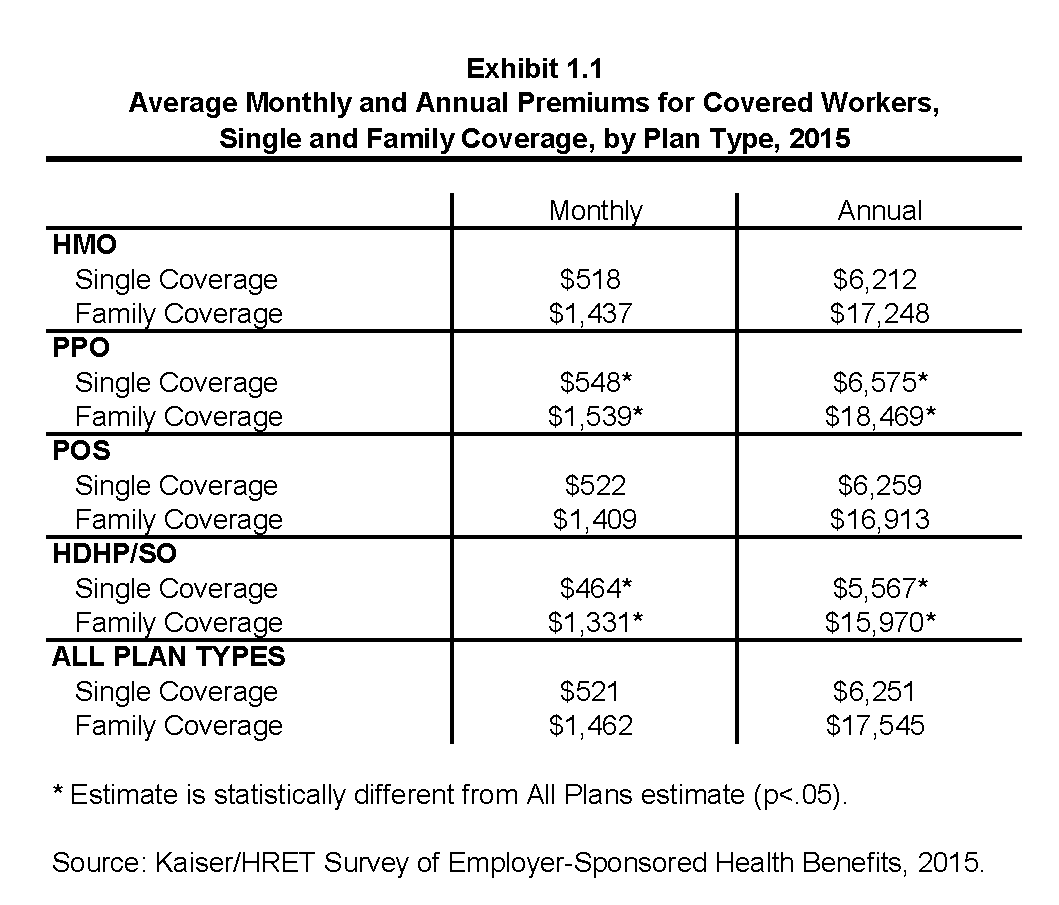
This provides valuable feedback on your manufacturing and inventory processes. It’s the practice of keeping your company data clean and accurate by ensuring its integrity through careful monitoring and best-practice manufacturing accounting. Manufacturing accounting software helps you track your financials in real time using cloud-based technology and multi-platform integrations. Once a product has been manufactured, its costs will typically be transferred from the manufacturing account to the income statement along with the price markup.
- Each customer might receive unique versions of products using different raw materials or options, so costs are determined for each job order.
- They will ensure your data is backed up regularly, and that the system is utilising the most up to date security protocols.
- Both offer greater tax-planning flexibility, allowing some businesses to defer taxable income.
- Manufacturing businesses must prepare a manufacturing account as part of their internal financial statements.
Carefully gathered financial information can help companies to identify bottlenecks in their manufacturing and increase efficiency. By calculating marginal profitability, accountants can help business leaders identify the most lucrative products and channels to maximise revenue. Sub-accounts and account codes can be valuable tools for organizing and categorizing your chart of accounts. They provide a hierarchical structure that allows for more detailed tracking and reporting of financial data.
Fluctuating Raw Material Prices
A chart of accounts is a comprehensive list of all the accounts used to record financial transactions within a company, providing a clear and organized structure for reporting and analysis. A manufacturing account tracks a manufacturing business’s production costs, materials used, and inventory levels. This account can track production costs, materials used, and inventory levels. Manufacturing accounts can also help businesses manage their cash flow and budget for future production.

This is an area where manufacturing accounting software can ensure consistency and accuracy. Your cost of goods manufactured includes all direct and indirect costs that go into car advertising statistics the products you finish producing during an accounting period. Like the cost of goods sold, it generally refers to direct materials, direct labor, and manufacturing overhead.
Choose the right accounting method
Moreover, the cost of such software can be substantial, making it crucial to make an informed investment decision. Now that we have gained a deeper understanding of the theoretical foundations of the manufacturing accounting process flow, let’s explore how it functions in real-world scenarios. As you can see, accountancy for manufacturing is about much more than just recording numbers.
FIFO accounting for manufacturing inventory considers the first units received into inventory are the first ones sold. Think of a storage area that is filled from the rear with the most recently manufactured units, but shipments are taken from the front. The cost of the most recently sold unit is based on the oldest set of raw materials purchased. Operating costs in manufacturing include things like travel expenses, office supplies, maintenance, salaries, utilities, taxes on production facilities, and more.
Direct costs vs. indirect costs
Job order costing for manufacturing is desirable for manufacturers who produce customized or variable goods. Each customer might receive unique versions of products using different raw materials or options, so costs are determined for each job order. WAC accounting uses the average cost of all units in inventory and is updated every time a new purchase is made. WAC is easier for manufacturing cost accounting and can smooth out fluctuations in costs or selling prices. A manufacturer may produce those raw materials internally or purchase them from a supplier, but procuring raw materials is the first step.
If a sale is made online, a purchase is made from a supplier, or a new production run begins, this is all information that your finance team can tap into. Cloud-based software is usually purchased via the Software-as-a-Service (Saas) model. This means you pay a monthly fee for the service, rather than needing to pay a large setup fee (which ultimately protects cashflow). Any necessary support / upgrades are included in the monthly cost and can be done remotely. If you don’t fulfil your tax obligations, you could possibly be hit with penalties. You should be sure that you have effective methods for calculating tax, and that submissions are made on time.
Finish Your Free Account Setup
These are referred to as direct materials and are typically itemized in a streamlined bill of materials. Finished goods inventory refers to the units that have made it through the production process and are ready for sale. You must use cost-flow assumptions and inventory valuation methods to calculate the balance.
Margins & Margin Analysis
They act as a risk assessment, rooting out any issues that could do harm to your business. An audit will determine if your financial records are a true representation of actual performance. If the data doesn’t match up, it’s then possible to find the source of the problem, so that changes can be made. With this approach you can easily judge when costs deviate from the norm, which may indicate a shift in the industry. Or it could be an indication that your standards have slipped (in terms of keeping costs down).
Manufacturing accounting is a group of inventory and production management processes used for monitoring and controlling the costs involved with manufacturing products. Regardless if the manufacturer works in discrete manufacturing, distribution, or supply chain, manufacturing cost accounting is a unique challenge. Complex manufacturing processes can make it difficult to track and pinpoint costs, and allocating indirect costs correctly can be a guessing game. It is the responsibility of the Accounting Department to address these challenges. Manufacturing accounting teams can work to ensure that indirect costs are allocated appropriately and accurately.